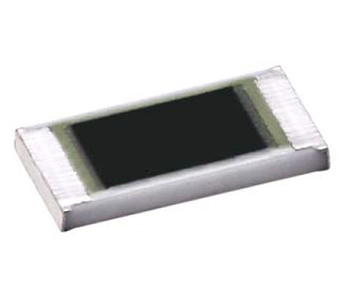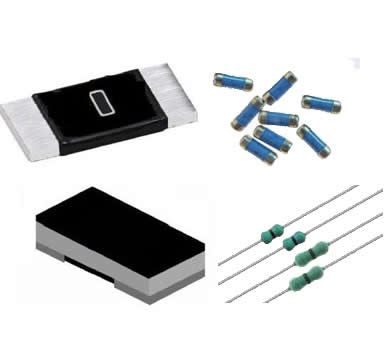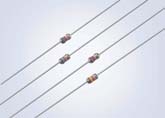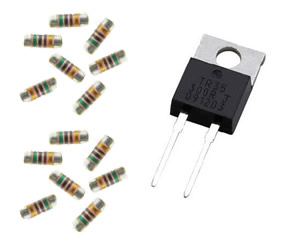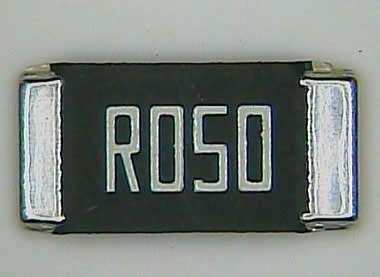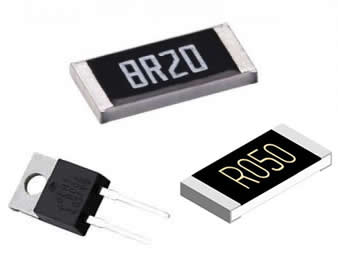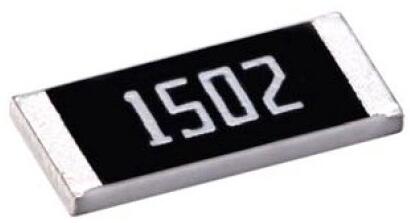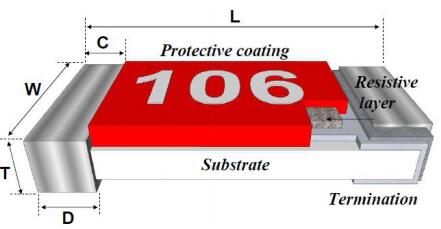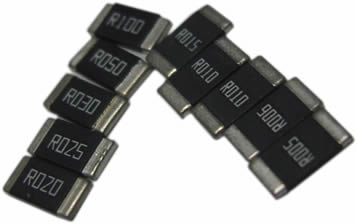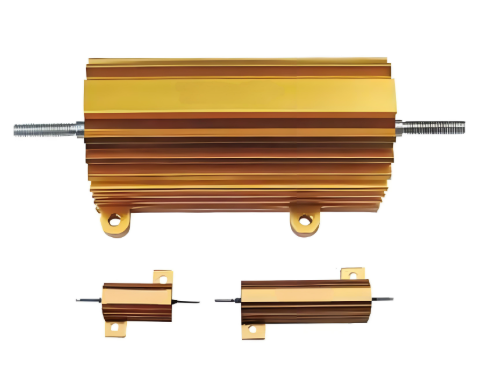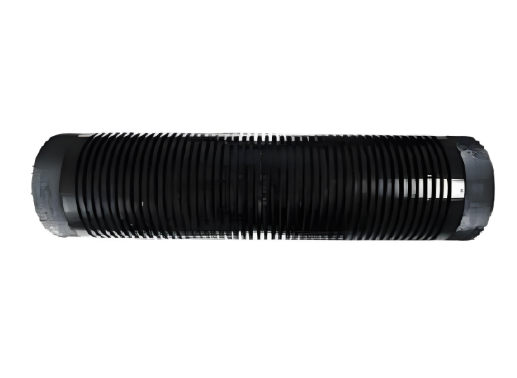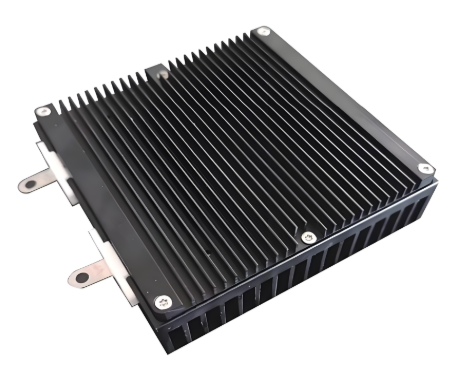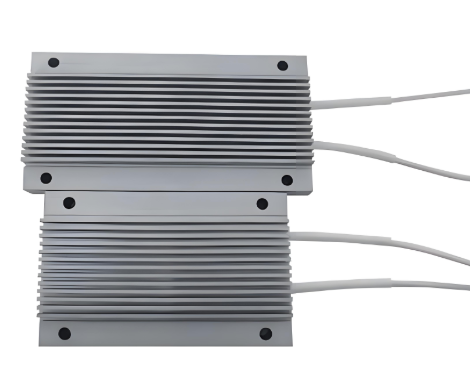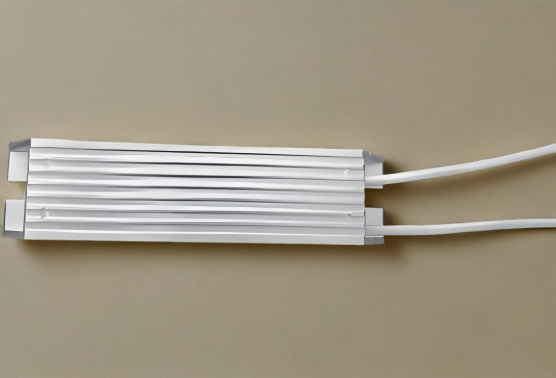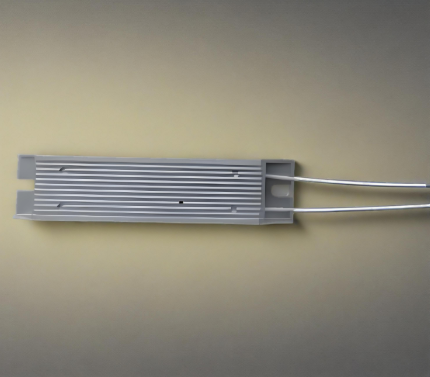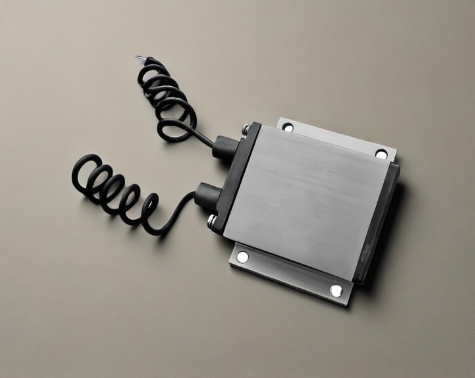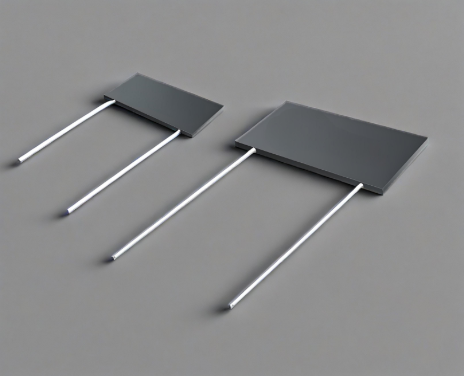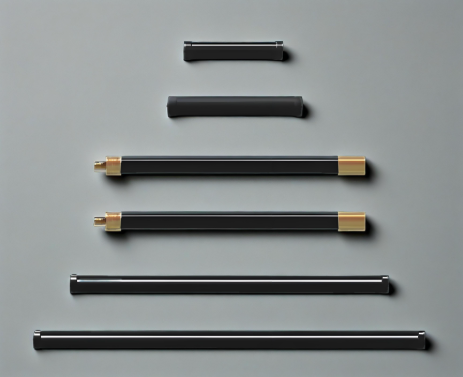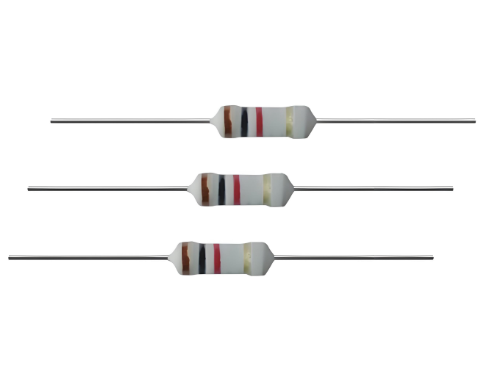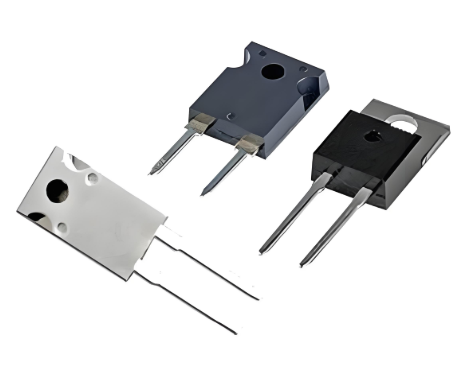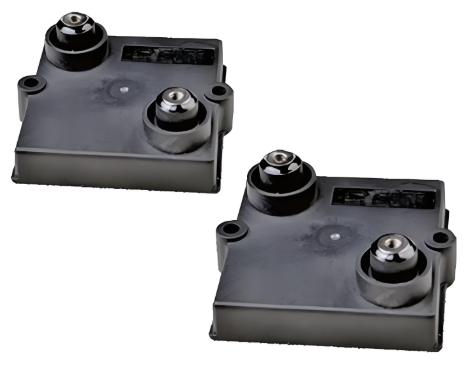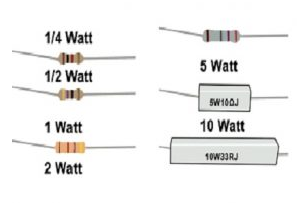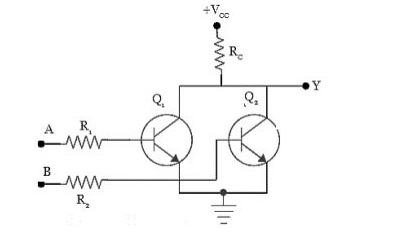-
Why Your Trimmable Resistor Calibration Fails (And How to Fix It)
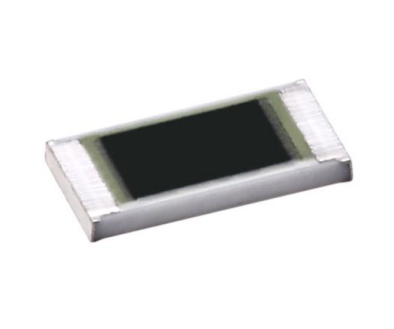
<!-- Introduction -->Why Your Trimmable Resistor Calibration Fails (And How to Fix It)Trimmable resistors are essential for precision electronics, but improper calibration can lead to circuit instabil...
-
Trimmable Thick Film Chip Resistor: Overcoming Trimming Challenges for Precision and Reliability

IntroductionTrimmable Thick Film Chip Resistors (TFCRs) are essential components in modern electronics, offering the flexibility to adjust resistance values to meet precise circuit requirements. Howev...
-
Unlocking the Potential of Thick Film Trimmable Chip Resistor: Comprehensive Insights for Engineers and Hobbyists

<nav></nav>What is a Thick Film Trimmable Chip ResistorA Thick Film Trimmable Chip Resistor is a specialized type of resistor that allows for post-manufacturing adjustment of its resistance value. Thi...
-
Trimmable Thick Film Chip Resistor Stability: Enhancing Long-Term Performance in Electronics
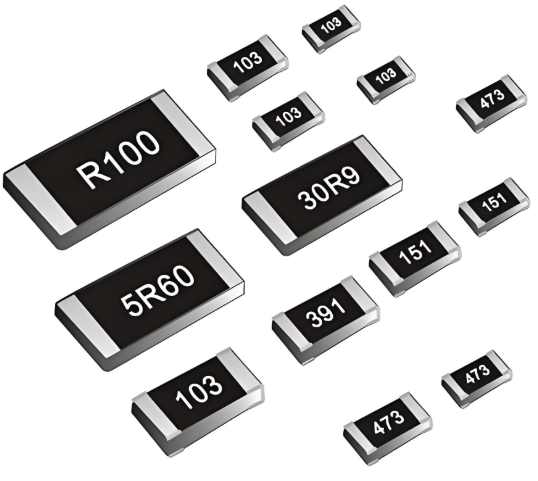
IntroductionIn the realm of electronics, the stability of components is crucial for ensuring reliable and consistent performance over time. One such component that plays a vital role in various electr...
-
Trimmable Thick Film Resistor Characteristics: Detailed Insights into Key Features, Applications, and Selection Criteria for Engineers

Trimmable Thick Film Resistor Characteristics: Detailed Insights into Key Features, Applications, and Selection Criteria for EngineersTrimmable thick film resistors are essential components in various...
-
Trimmable Thick Film Chip Resisto
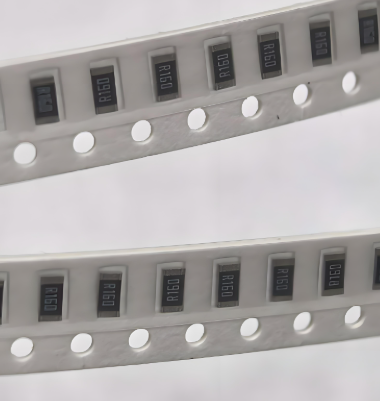
Trimmable Thick Film Chip Resistor: Unique Advantages and Application ScenariosResistors are fundamental components in electronic circuits, and selecting the right type can significantly impact the pe...
-
low TCR resistor vs standard chip resistor
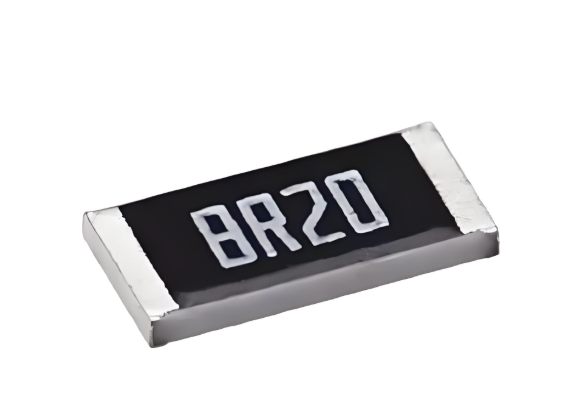
Low TCR Resistor vs Standard Chip Resistor: Key Differences & Best ApplicationsIntroductionWhen designing precision circuits, selecting the right resistor type is critical. Two common choices are ...
-
What Is a Surge Resistor?
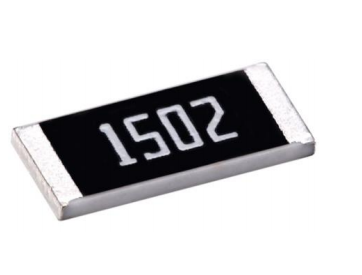
What Is a Surge Resistor Function, Types, and Key ApplicationsIntroduction: Surge resistors are critical components in electronic circuits, protecting sensitive devices from voltage spikes and transie...
-
What is an Ignition Resistor?
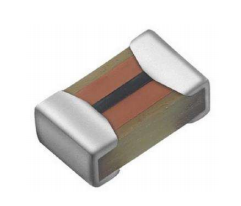
What is an Ignition Resistor Function, Failure Signs & SolutionsIntroductionAn ignition resistor (also called a ballast resistor) is a crucial but often overlooked component in vehicle ignition sy...
-
What Does a Safety Resistor Do?
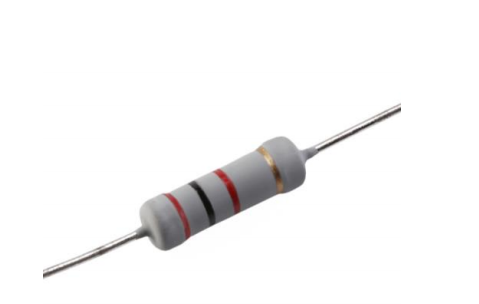
What Does a Safety Resistor Do Key Functions and Protection MechanismsIntroduction: Safety resistors play a critical role in electronic circuit protection, but many engineers misunderstand their full ...
-
what is the purpose of an ignition resistor
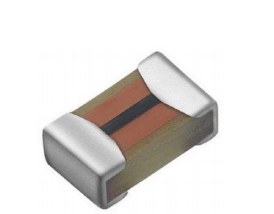
What Is the Purpose of an Ignition Resistor Function, Failure Signs & FixesAn ignition resistor is a crucial but often overlooked component in many combustion engines. Whether you're dealing w...
-
MELF Resistor Temperature Coefficient: Everything You Need to Know
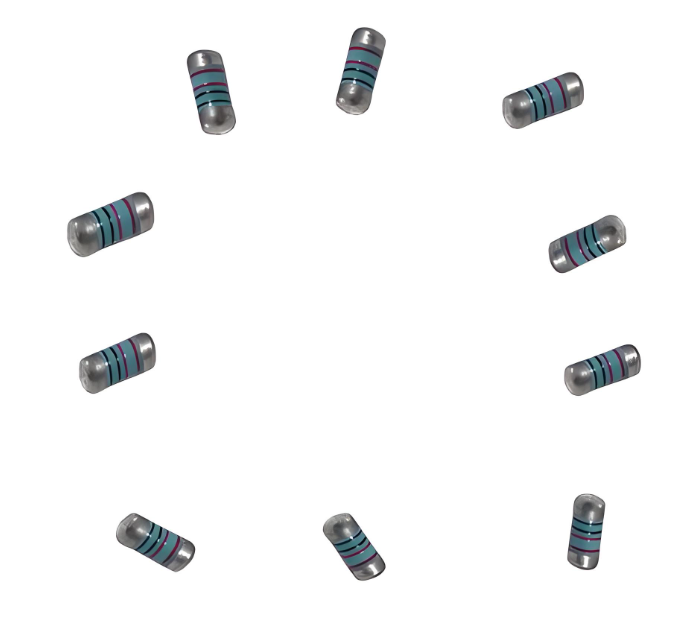
IntroductionMELF (Metal Electrode Leadless Face) resistors are widely used in various electronic applications due to their superior characteristics. One of the key factors to consider when selecting a...
-
High precision resistor applications
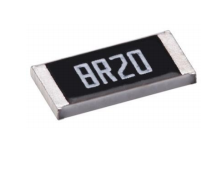
<!-- Introduction -->High Precision Resistor Applications: A 2024 Technical GuideHigh precision resistors are critical components in electronics where stability, accuracy, and low temperature coeffici...
-
What is a High Voltage Cylindrical Resistor?
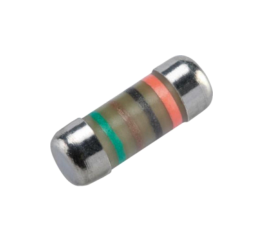
Introduction: Why the High Voltage Cylindrical Resistor Deserves Your AttentionWhen engineers search for a high voltage cylindrical resistor they are usually facing one of two headaches: extreme volta...
-
THT Resistor Tolerance Specifications: A Comprehensive Guide

IntroductionThrough-Hole Technology (THT) resistors are a cornerstone in electronic circuit design, offering stability and reliability. One critical aspect that significantly influences their performa...
-
How to Choose the Right High-Voltage Safety Resistor for Your Circuit
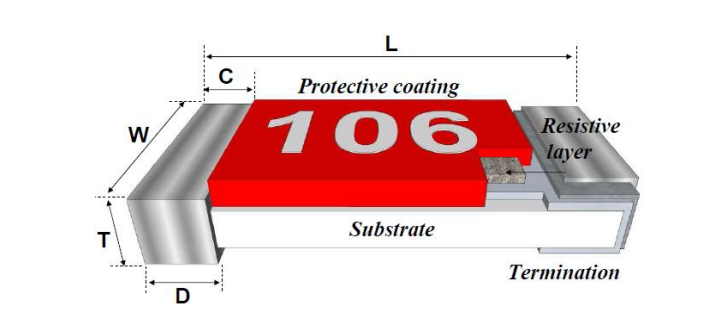
<!-- Introduction -->IntroductionHigh-voltage safety resistors are critical components in electrical circuits, ensuring protection against overvoltage, surges, and potential failures. Choosing the rig...
-
Introduction to 10k Ohm Jumper Resistor Applications
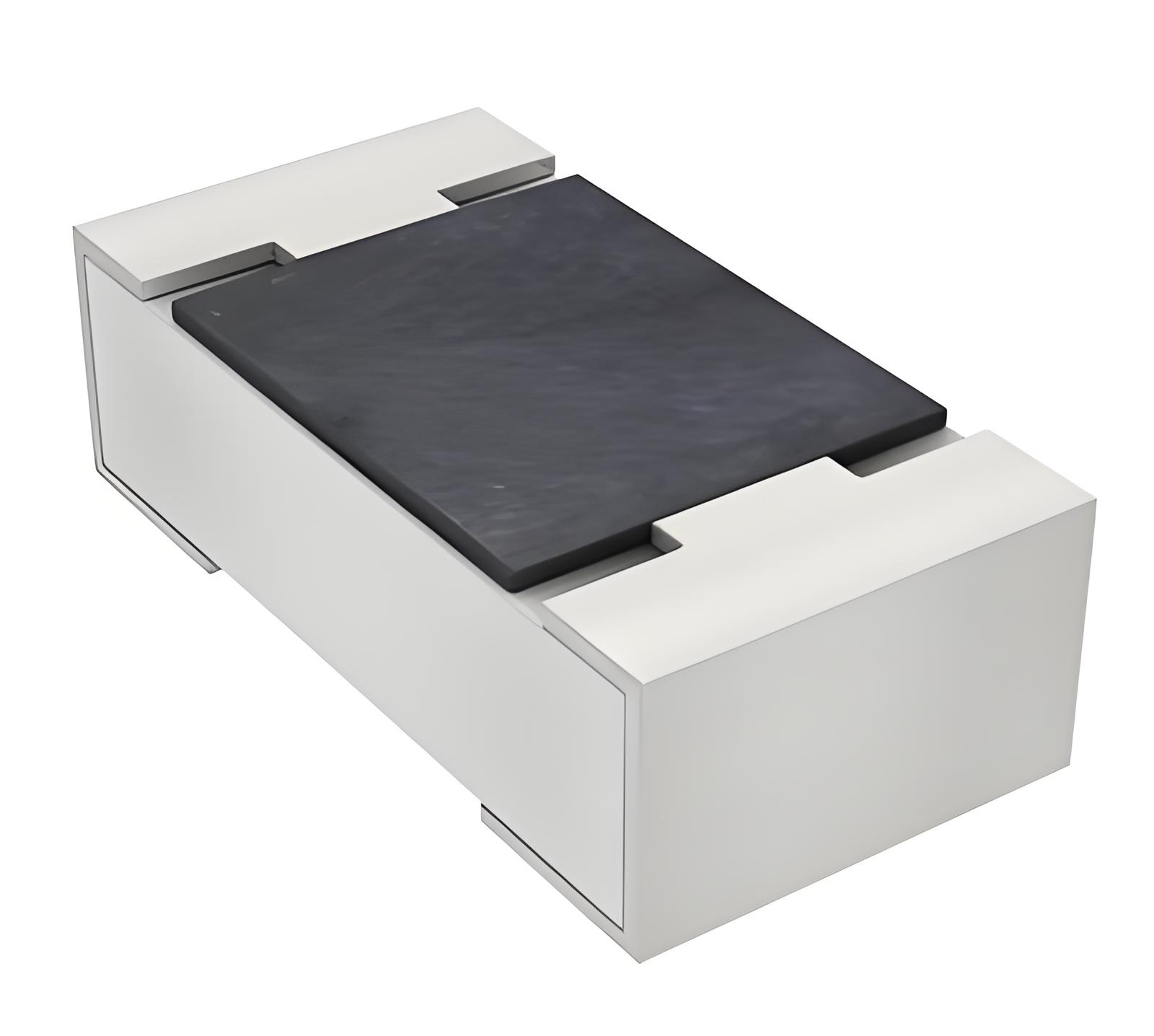
Introduction to 10k Ohm Jumper Resistor ApplicationsThe 10k Ω jumper resistor is a versatile component in electronic circuits, serving critical roles in configuration, signal conditioning, and fault ...
-
How to Choose a Milliohm Resistor for High-Accuracy Current Sensing
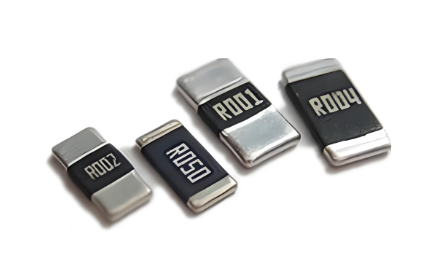
How to Choose a Milliohm Resistor for High-Accuracy Current SensingIn precision current sensing applications - from battery management systems (BMS) to motor control - milliohm shunt resistors play a ...
-
How to Choose the Right Milliohm Resistor for Lithium-Ion Battery Monitoring
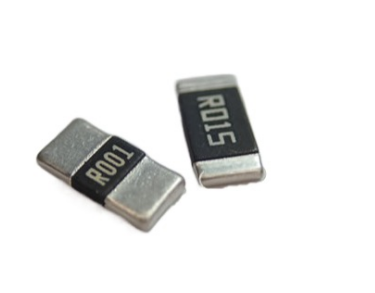
How to Choose the Right Milliohm Resistor for Lithium-Ion Battery MonitoringWhy Milliohm Resistors Matter in Li-Ion BMSIn lithium-ion battery management systems (BMS), milliohm resistors (typically 1m...
-
Alloy Resistor: High - Precision Component for Stable Circuit Performance
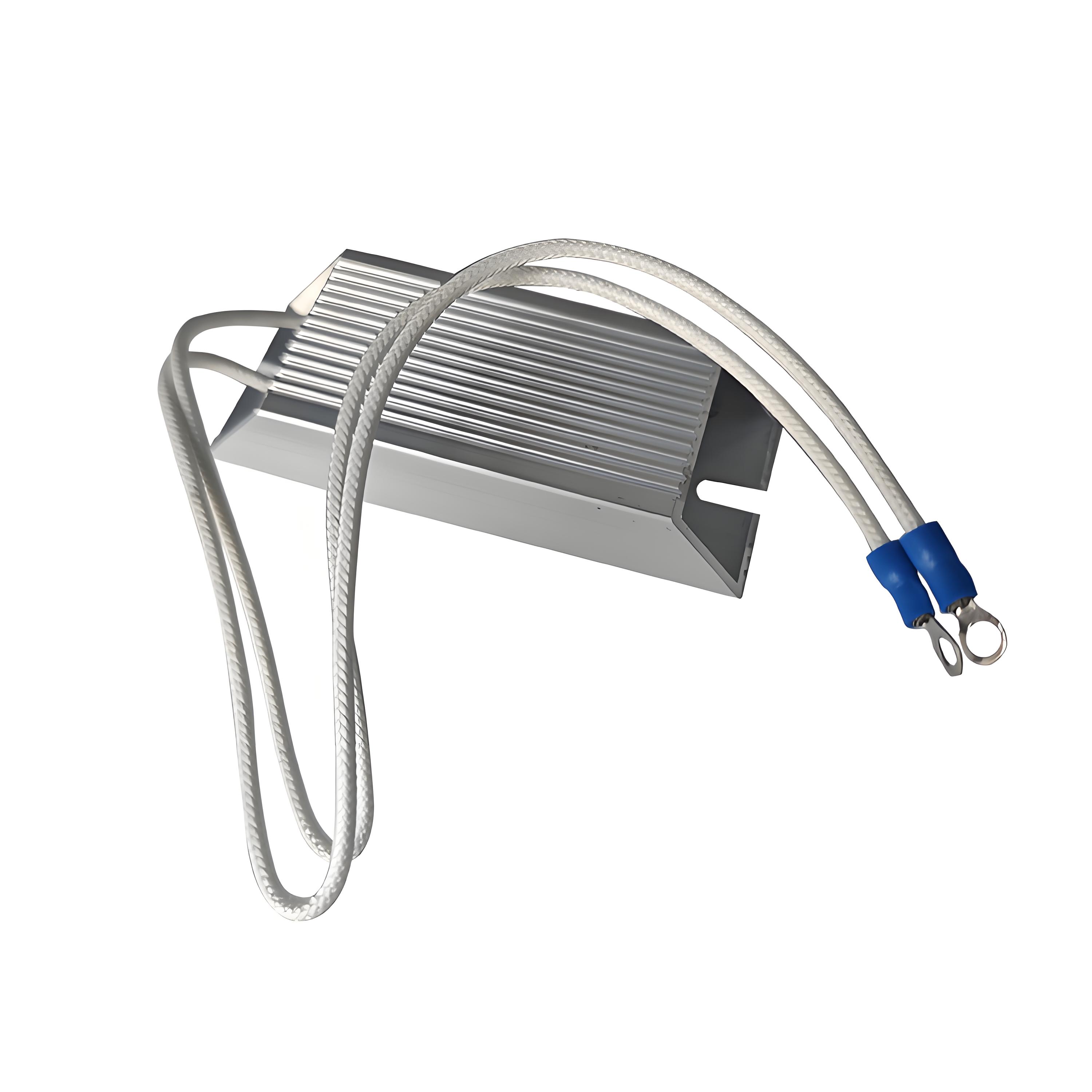
IntroductionIn the pursuit of electronic circuit excellence, precision and stability are paramount. Alloy resistors, with their superior characteristics, have become indispensable in achieving these g...
-
Trimmable Thick Film Chip Resistor Stability: Enhancing Long-Term Performance in Electronics

IntroductionIn the realm of electronics, the stability of components is crucial for ensuring reliable and consistent performance over time. One such component that plays a vital role in various electr...
-
Trimmable Thick Film Resistor Characteristics: Detailed Insights into Key Features, Applications, and Selection Criteria for Engineers

Trimmable Thick Film Resistor Characteristics: Detailed Insights into Key Features, Applications, and Selection Criteria for EngineersTrimmable thick film resistors are essential components in various...
-
Trimmable Thick Film Chip Resistor: Overcoming Trimming Challenges for Precision and Reliability

IntroductionTrimmable Thick Film Chip Resistors (TFCRs) are essential components in modern electronics, offering the flexibility to adjust resistance values to meet precise circuit requirements. Howev...
-
Trimmable Thick Film Chip Resisto

Trimmable Thick Film Chip Resistor: Unique Advantages and Application ScenariosResistors are fundamental components in electronic circuits, and selecting the right type can significantly impact the pe...
-
Why Your Trimmable Resistor Calibration Fails (And How to Fix It)

<!-- Introduction -->Why Your Trimmable Resistor Calibration Fails (And How to Fix It)Trimmable resistors are essential for precision electronics, but improper calibration can lead to circuit instabil...
-
Unlocking the Potential of Thick Film Trimmable Chip Resistor: Comprehensive Insights for Engineers and Hobbyists

<nav></nav>What is a Thick Film Trimmable Chip ResistorA Thick Film Trimmable Chip Resistor is a specialized type of resistor that allows for post-manufacturing adjustment of its resistance value. Thi...


